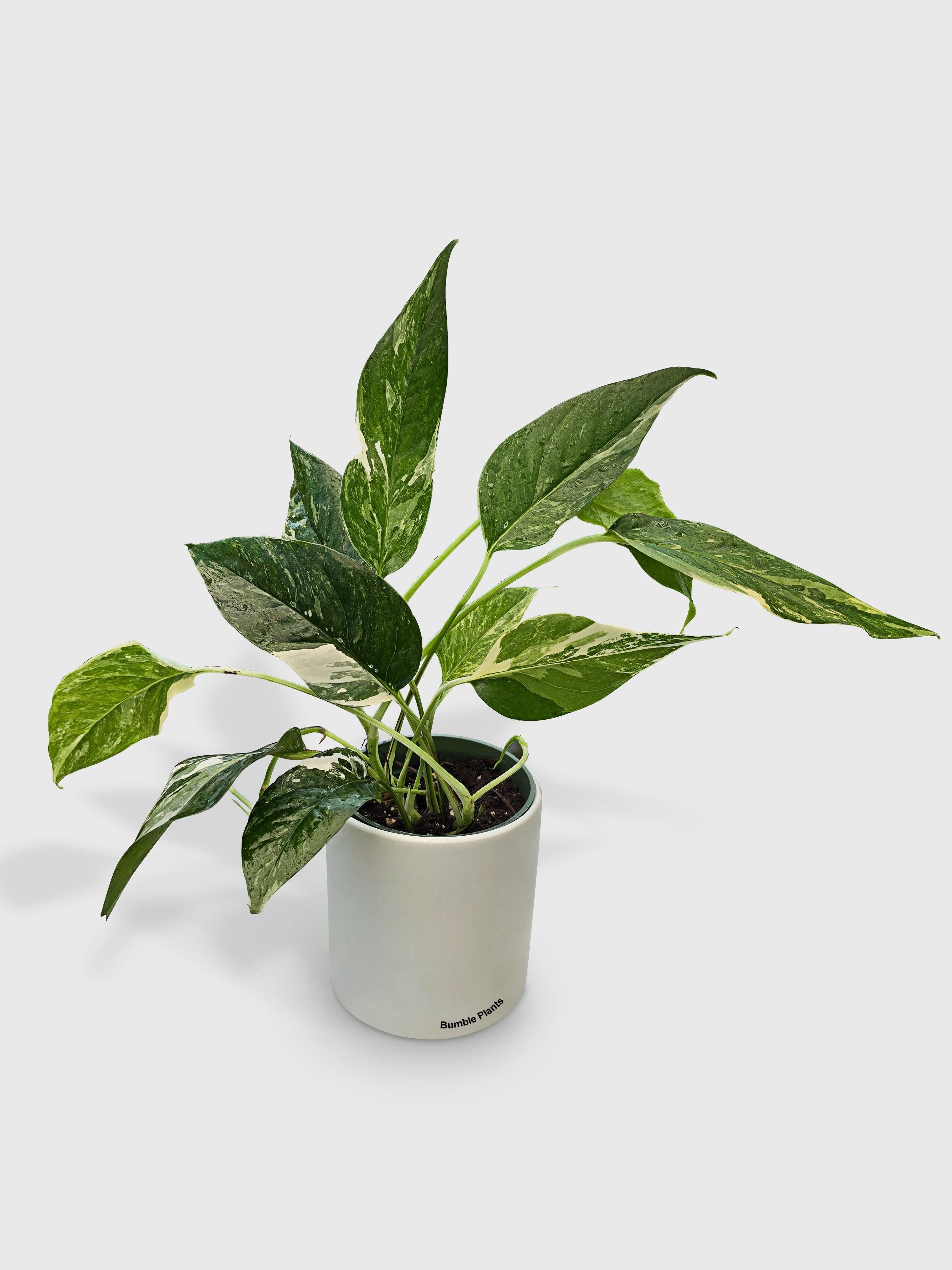How to Apply Soil Amendments for Healthy Plants
Gardening is a journey of nurturing life, and at its heart lies the soil – the foundation for healthy and thriving plants. Central to this journey are soil amendments, the unsung heroes that enhance soil fertility and structure, providing essential nutrients for plant growth. In this guide, we'll explore the art of applying soil amendments for vibrant gardens bursting with life. From understanding soil needs to selecting the right amendments and maintaining soil health, we'll delve into every aspect of this essential gardening practice. So, let's dig deep and unearth the secrets to cultivating lush, bountiful gardens through the power of soil amendments.
Importance of Soil Amendments
Soil amendments play a crucial role in cultivating healthy and thriving plants. By enriching the soil with essential nutrients, improving its structure, and enhancing water retention capabilities, soil amendments create an optimal environment for plant growth. Whether you're dealing with compacted clay soil or nutrient-depleted earth, the right soil amendments can make a significant difference in the health and productivity of your garden. When it comes to soil health, one size does not fit all. Different plants have varying nutrient requirements and soil preferences. Understanding the unique needs of your plants and soil is the first step toward effective soil amendment. This involves assessing factors such as soil texture, pH levels, and nutrient deficiencies.
Soil Amendment Needs for Your Garden
Before diving into the world of soil amendments, it's crucial to assess the specific needs of your garden soil. Different soil types and conditions require different amendments to achieve optimal fertility and structure. Here's how you can identify the soil amendment needs for your garden:
Soil Testing: The First Step
Conducting a soil test is the foundation of any successful soil amendment strategy. Soil testing provides valuable insights into the current state of your soil, including its pH levels, nutrient content, and texture. You can obtain soil testing kits from local gardening centers or agricultural extension offices. Alternatively, you can send a soil sample to a professional laboratory for comprehensive analysis.
Observational Analysis
In addition to soil testing, observational analysis of your garden soil can also provide valuable clues about its condition. Pay attention to factors such as soil texture, drainage, and plant health. Sandy soils, for example, tend to drain quickly and may benefit from amendments that improve water retention, while clay soils may require amendments to enhance drainage and aeration.
Plant Symptoms
Keep an eye on your plants for signs of nutrient deficiencies or other soil-related issues. Yellowing leaves, stunted growth, and poor flowering or fruiting can indicate underlying soil problems that may require amendment. By identifying and addressing these issues early on, you can prevent further damage to your plants and promote healthier growth.
The Right Soil Amendments
Selecting the appropriate soil amendments is crucial for addressing specific soil deficiencies and improving overall soil health. With a wide range of amendments available on the market, choosing the right ones can seem daunting. Here's a guide to help you navigate the selection process:
Organic vs. Inorganic Amendments
Before choosing soil amendments, it's essential to decide between organic and inorganic options. Organic amendments, such as compost, manure, and peat moss, provide additional nutrients to the soil while improving its structure and water retention capabilities. Inorganic amendments, such as perlite, vermiculite, and sand, primarily focus on enhancing soil structure and drainage without adding nutrients.
Matching Amendments to Soil Needs
Once you've identified your garden's soil needs through soil testing and observational analysis, you can select amendments that address those specific deficiencies. For example, if your soil test reveals a pH imbalance or nutrient deficiency, you can choose amendments like lime to adjust pH or bone meal to supplement phosphorus levels.
Considering Soil Texture and Structure
In addition to addressing nutrient deficiencies, soil amendments can also help improve soil texture and structure. Clay soils benefit from amendments that promote better drainage and aeration, such as coarse sand or gypsum. Sandy soils, on the other hand, may require amendments that increase water retention and nutrient-holding capacity, such as compost or peat moss.
Applying Soil Amendments Correctly
Once you've selected the appropriate soil amendments for your garden, it's essential to apply them correctly to maximize their effectiveness. Proper application techniques ensure that amendments are evenly distributed throughout the soil and adequately incorporated to promote plant growth. Here's how to apply soil amendments correctly:
Timing and Frequency
The timing and frequency of soil amendment application depend on various factors, including the type of amendment used, the specific needs of your plants, and the current condition of your soil. In general, it's best to apply soil amendments during the off-season or before planting to allow time for them to integrate into the soil fully. However, some amendments, such as compost, can be applied throughout the growing season as a side dressing to provide ongoing nutrient support.
Application Methods
There are several methods for applying soil amendments, including broadcasting, trenching, and top-dressing. Broadcasting involves spreading amendments evenly over the soil surface and then incorporating them into the soil through tilling or watering. Trenching involves digging trenches and mixing amendments directly into the soil before planting. Top-dressing involves applying amendments to the soil surface around existing plants and gently working them into the soil.
Incorporating Amendments
Properly incorporating soil amendments into the soil is essential to ensure uniform distribution and maximum effectiveness. Use a garden fork, hoe, or tiller to mix amendments thoroughly into the soil to a depth of at least 6 to 8 inches. Avoid overworking the soil, as excessive tilling can disrupt soil structure and harm beneficial soil organisms.
Monitoring and Maintaining Soil Health
Applying soil amendments is not a one-time task; it requires ongoing monitoring and maintenance to ensure continued soil health and fertility. Regular assessment of soil conditions and plant performance allows you to identify any issues promptly and adjust your soil amendment strategy accordingly. Here's how to monitor and maintain soil health effectively:
Regular Soil Testing
Periodic soil testing is essential for monitoring soil pH levels, nutrient content, and overall soil health. Aim to conduct soil tests at least once a year, preferably before each growing season, to assess any changes in soil composition and identify potential deficiencies or imbalances. Adjust your soil amendment plan based on the results of soil tests to ensure that your plants receive the nutrients they need for optimal growth.
Observational Monitoring
In addition to soil testing, keep a close eye on your plants and garden soil for any signs of nutrient deficiencies, soil compaction, or drainage issues. Yellowing leaves, stunted growth, or wilting plants may indicate underlying soil problems that require attention. Regularly inspecting your garden allows you to address issues promptly and prevent them from escalating into more significant problems.
Mulching and Soil Protection
Applying mulch to garden beds serves as an additional layer of protection, offering a myriad of benefits to your garden ecosystem. Not only does mulch help conserve soil moisture, but it also acts as a natural barrier, suppressing weeds and preventing their relentless intrusion into your garden beds. Moreover, by shielding the soil surface from erosion and compaction, mulch ensures that your garden's foundation remains intact, providing a nurturing environment for your plants to thrive. Organic mulches, such as straw, wood chips, or shredded leaves, go beyond mere protection – they actively contribute to the improvement of soil health. As these organic materials gradually break down over time, they enrich the soil with valuable organic matter, enhancing its structure and fertility. This natural decomposition process not only replenishes essential nutrients but also encourages the proliferation of beneficial microorganisms, creating a harmonious ecosystem beneath the surface. To harness the full potential of mulch, it's essential to maintain a consistent layer around your plants. By doing so, you not only safeguard the soil from the harsh elements but also foster a conducive environment for root development and microbial activity. In essence, mulch becomes the guardian of your garden, tirelessly working to protect the soil and promote overall soil health, ensuring the continued vitality of your precious plants.
Conclusion
In the journey of gardening, soil amendments serve as your allies in nurturing healthy and thriving plants. Understanding the unique needs of your soil and plants is paramount. Soil amendments are essential for improving soil structure, fertility, and overall health. They provide vital nutrients, enhance water retention, and promote optimal root growth, leading to healthier and more productive plants. Identifying specific soil amendment needs tailored to your garden's requirements involves assessing your garden's soil through soil testing, observational analysis, and monitoring plant symptoms. Once identified, choosing the appropriate soil amendments based on soil test results, soil texture, and plant needs is crucial. Applying these amendments correctly ensures maximum effectiveness and promotes healthy plant growth. Regular soil testing, observational monitoring, and implementing soil protection measures like mulching are essential for maintaining soil health and addressing any issues promptly. Experimenting with different soil amendments and adapting your approach based on observations, environmental factors, and community advice allows you to continually refine your soil amendment strategy and optimize garden performance.










































